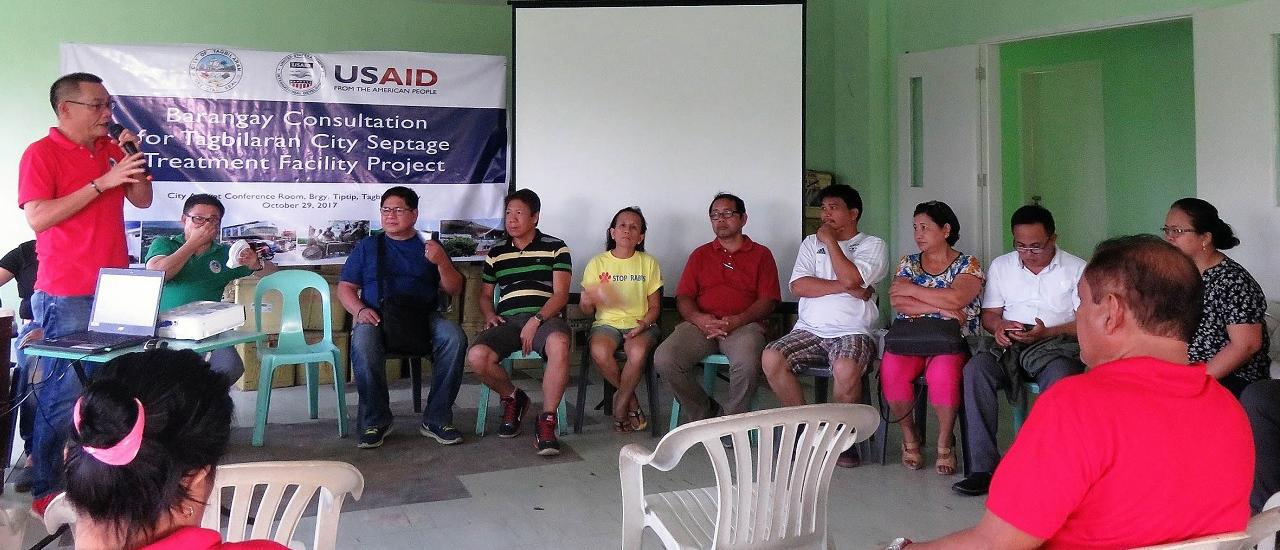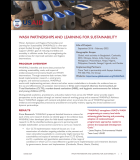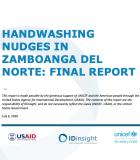Tagbilaran, a city in central Philippines, is considered a tourist gateway to popular destinations, with great economic potential. The city, however, has struggled to develop an effective water and septage treatment infrastructure. USAID, through its Strengthening Urban Resilience for Growth with Equity (SURGE) project, partnered with the Tagbilaran City government to plan for a new septage management system. Once completed, the facility will be the first of its kind in the island province of Bohol.
In early 2017, USAID trained city government representatives on how to develop a project proposal, conduct a prefeasibility study, and package an application for a national sewerage and septage treatment facility grant. USAID then trained 50 local health workers, sanitary inspectors, plumbers, and college students to collect data on household water and sanitation systems and practices. They surveyed more than 21,000 households, collecting data on toilet facilities, onsite sewage treatment systems, sanitation habits, and willingness to pay for septage services. Officials from the Tagbilaran City Waterworks System used the survey results to guide the development of sustainable water and sanitation programs and identify the appropriate technology for the septage treatment facility.
In August 2017, Tagbilaran City government’s septage management team finalized a draft sanitation ordinance to support the implementation of a local septage management program and shared it with the public. “The Septage Ordinance clearly outlines the policies that will protect the environment and resources of Tagbilaran,” said Tagbilaran City Mayor John Geesnell Yap II. “It is a conscious step to improve, maintain, and conserve the ecosystem from pollution.”
The completion of the septage treatment facility is expected by mid-2020, and will benefit around 200,000 people. “With USAID’s technical assistance, we’ve made great progress in establishing the Tagbilaran City septage treatment plant,” said Caesar Pelaez, city environment and natural resources officer and the team leader of the Septage Management Team. “Local capacities were built and strengthened.”
This type of institutional strengthening pays dividends in improved service, reduced pollution and lower water treatment costs, reduced water wastage, and increased trust among Tagbilaran City’s residents in its public utilities and local government.
“We are now better able to implement programs for a safe, sanitary, and livable city,” said City Health Officer Dr. Jeia Pondoc.
USAID’s SURGE works in eight secondary cities to increase revenue generation, simplify administrative procedures, and upgrade water and sanitation systems, among other activities, to enhance conditions for inclusive and resilient economic growth.
Related






